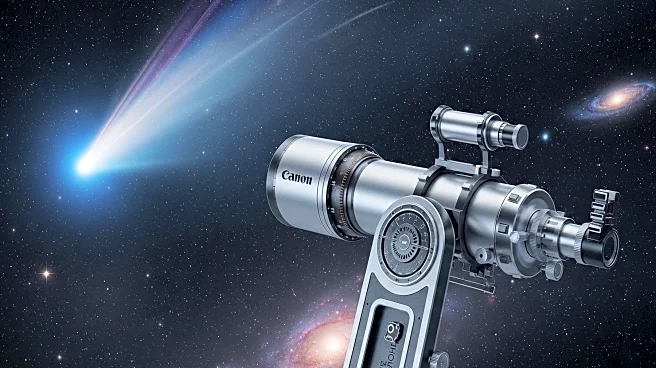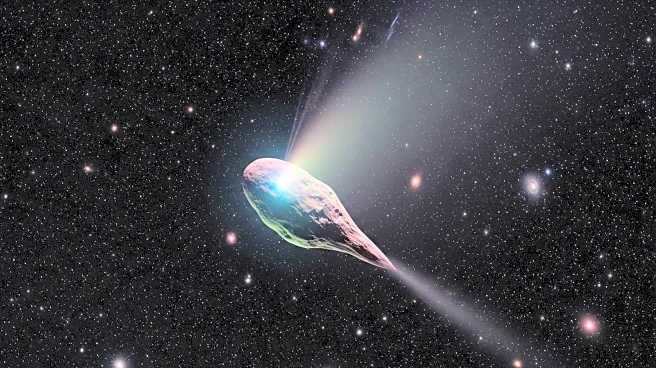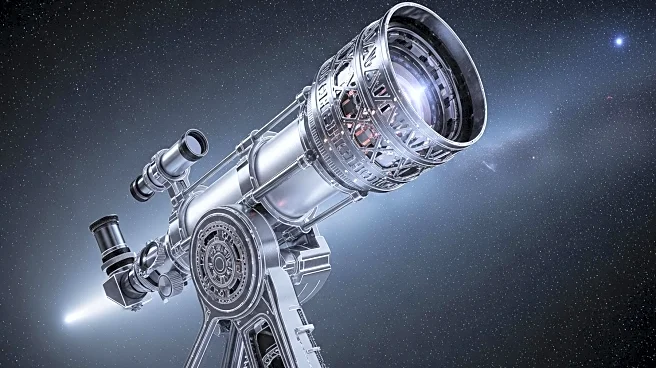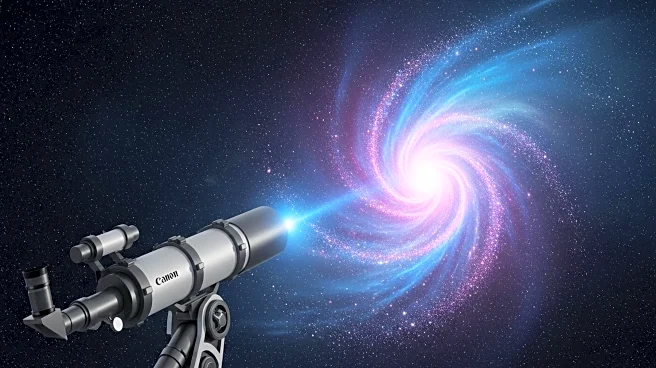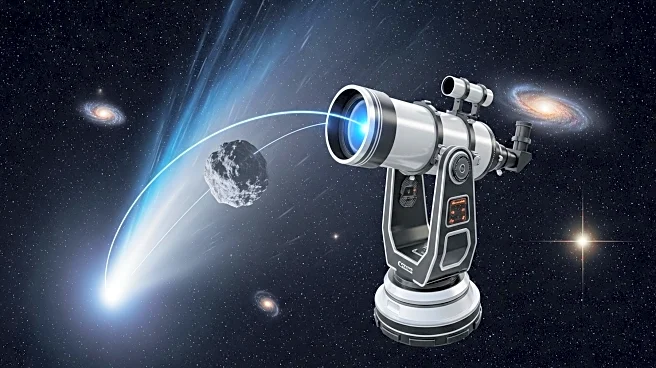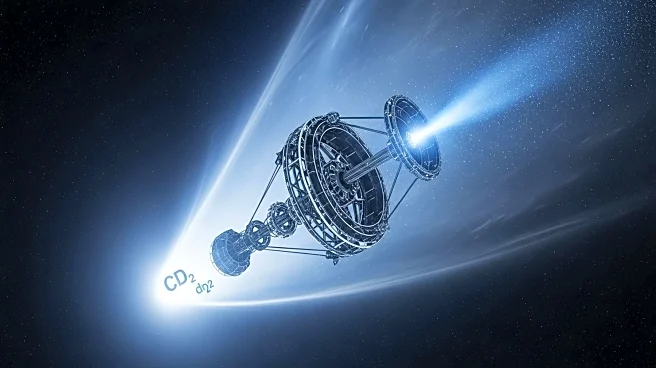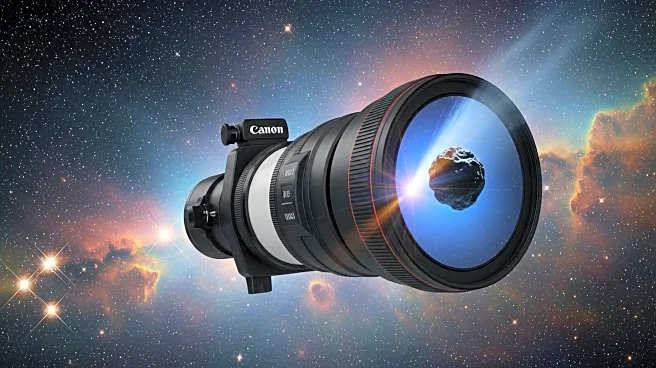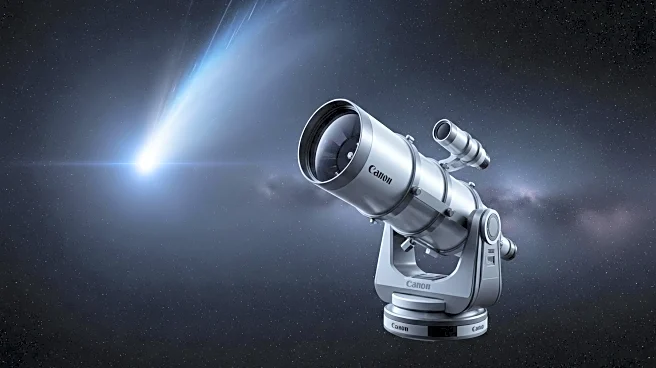Rapid Read • 7 min read
The James Webb Space Telescope has observed an interstellar object named 3I/ATLAS, believed to be a comet, which is exhibiting unusual characteristics. Detected in early July, 3I/ATLAS is traveling at a high speed, indicating its origin from outside the solar system. The telescope's Near-Infrared Spectrograph has revealed that the comet has an exceptionally high ratio of carbon dioxide to water, one of the highest ever recorded in a comet. This suggests that the comet may have formed near the CO2 ice line in a protoplanetary disk, or it may have been exposed to higher levels of radiation than typical solar system comets. The comet is expected to reach its closest point to the Sun around October 30, 2025.
AD
The discovery of 3I/ATLAS provides a rare opportunity to study the composition and behavior of interstellar objects, which can offer insights into the formation of planetary systems beyond our own. The high carbon dioxide content suggests unique formation conditions, potentially offering clues about the environments in which such comets form. Understanding these processes can enhance our knowledge of the early solar system and the diversity of planetary systems in the galaxy. The findings could also inform future missions and research on interstellar objects.
As 3I/ATLAS approaches the Sun, continued observations are expected to provide more data on its composition and behavior. Researchers are particularly interested in understanding the reasons behind its high carbon dioxide levels and the implications for comet formation theories. The comet's trajectory and speed will also be closely monitored to gather more information about its origin and history.
AD
More Stories You Might Enjoy


